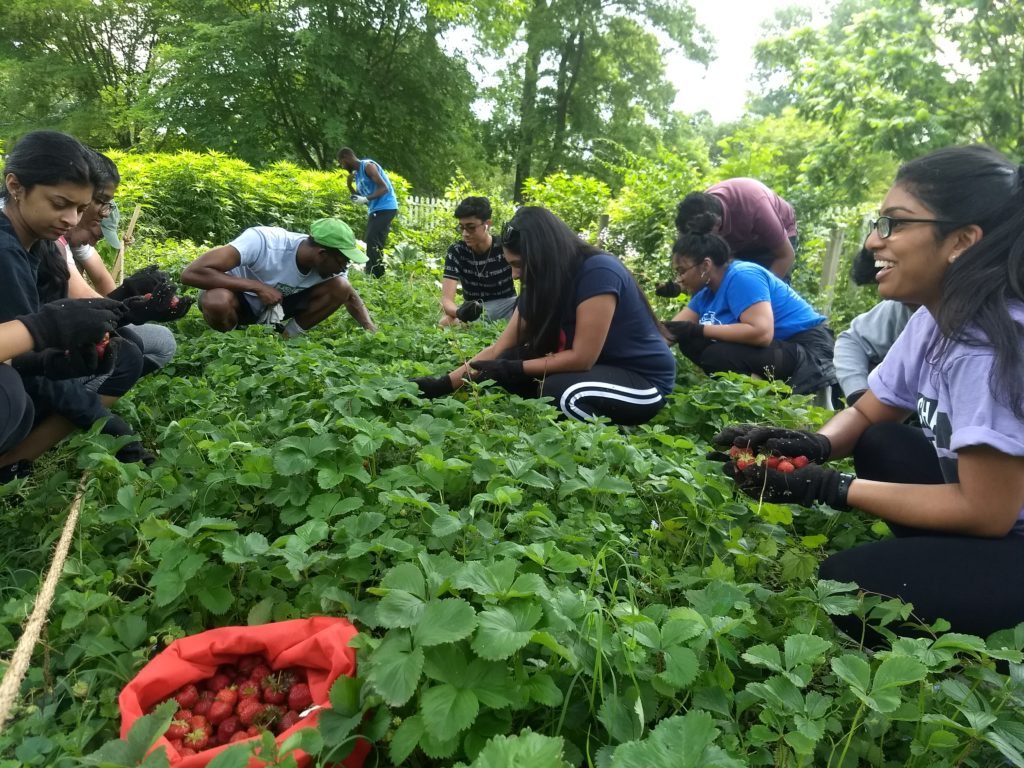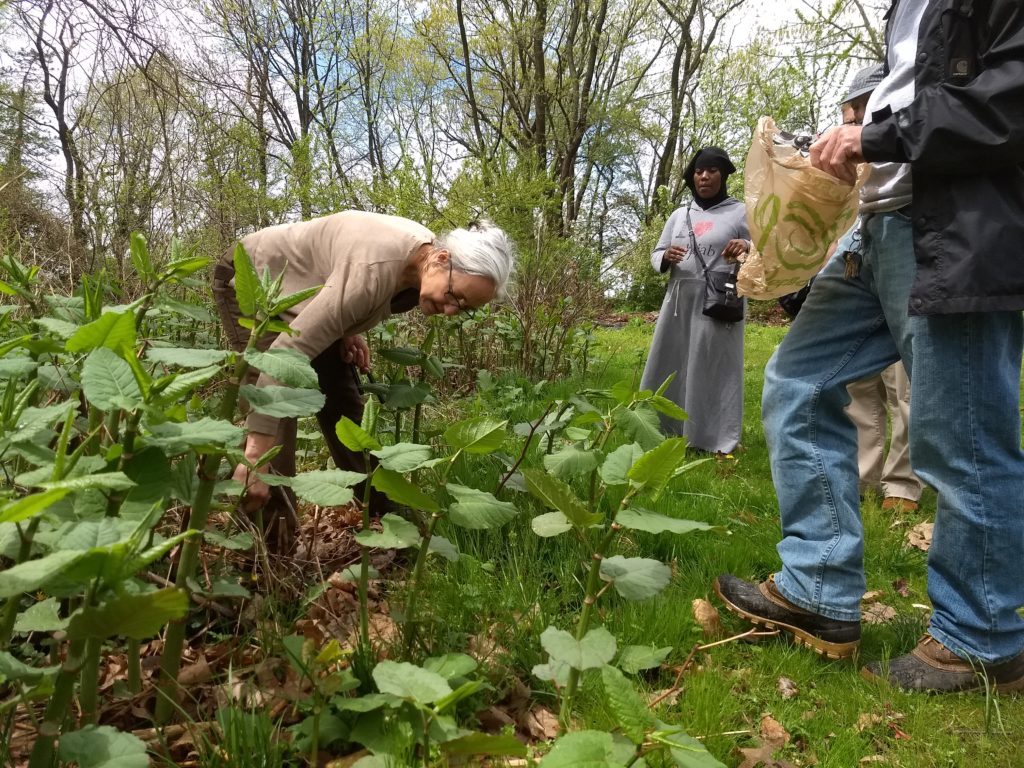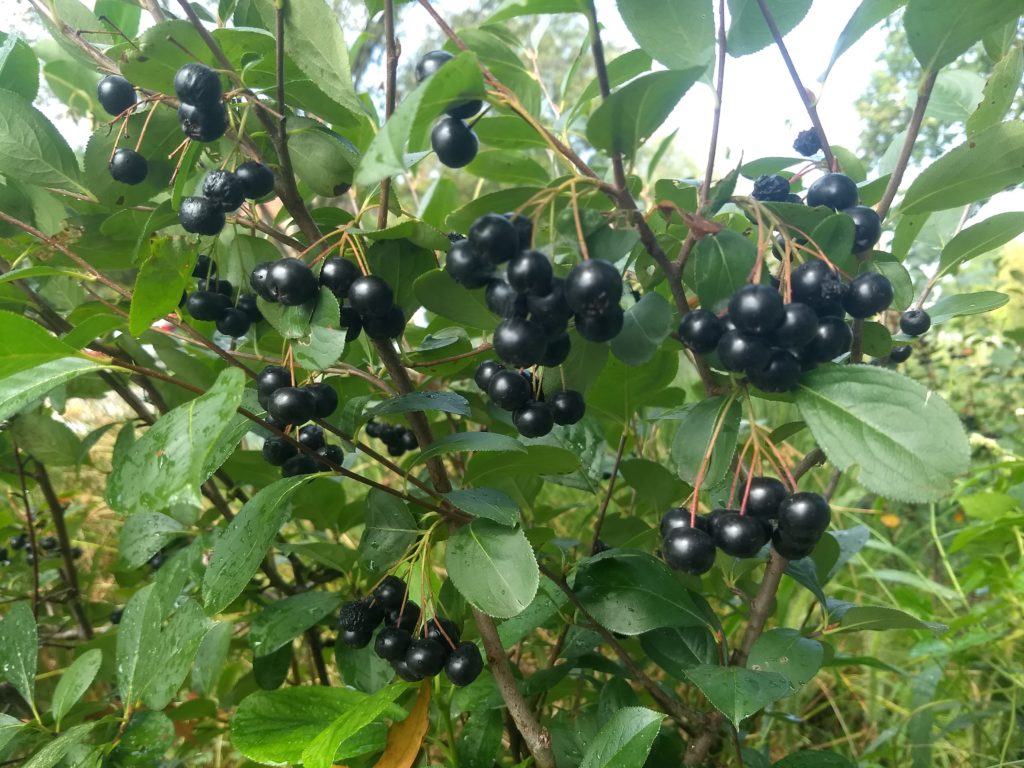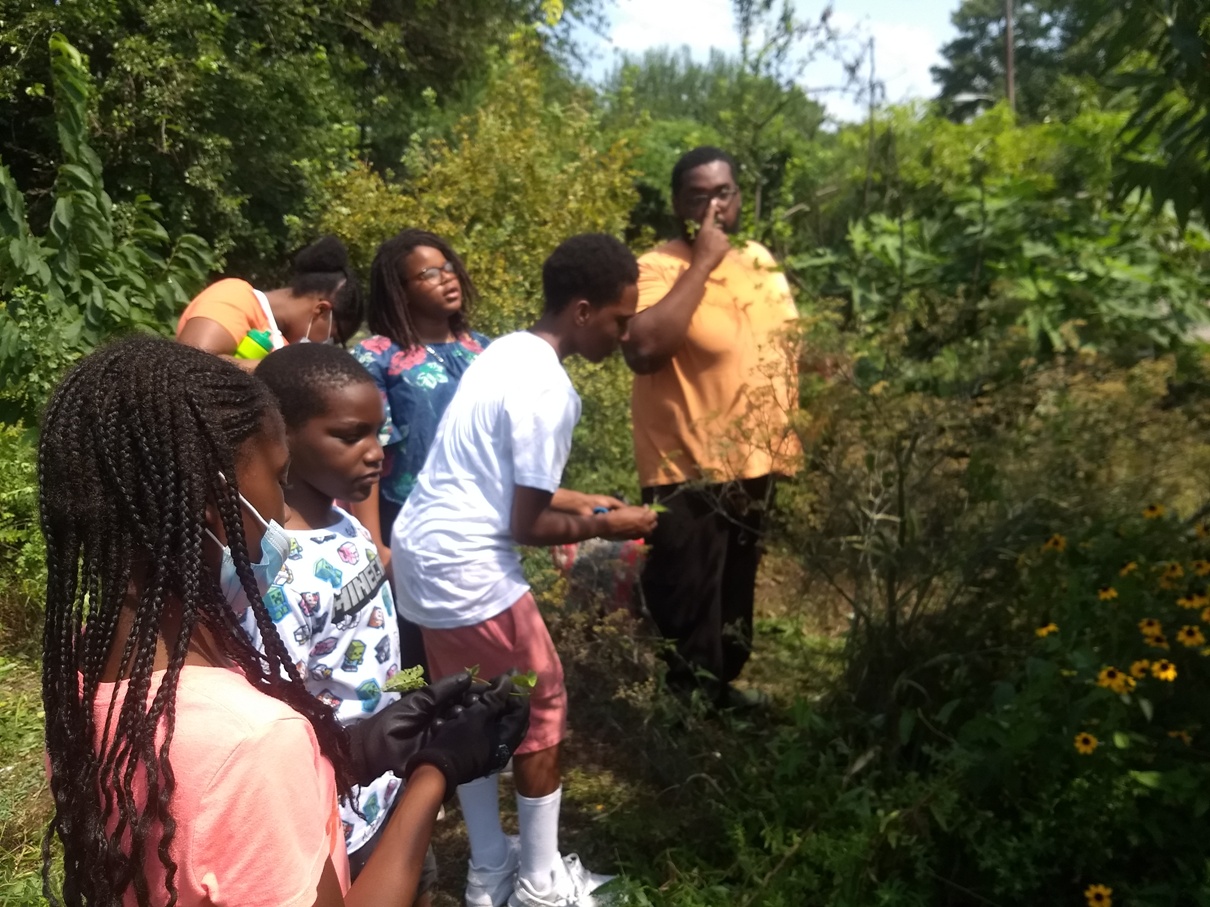POP surveys all of our orchard partners at season’s end and we like to share what we’ve learned! Each year, we ask partners about their orchard successes and challenges, orchard value, community involvement, yields, distribution methods, how we perform as partners, our educational offerings, and how to improve the services POP provides. In all, 52 of 65 POP partners (80%) participated in our annual Partner Survey in November and December 2019.
Orchard Value
This section is intended to help understand what our partners value most about their orchards. For the first time, the highest percentage of respondents rated, ‘Beauty and Neighborhood Greening’ as having the highest value (42%), followed by “Educational Opportunities” (32%) and a tie between ‘Gathering and Community Space”’ and ‘Environmental Impact’ (30%). “Food Production and Distribution” received a 26% “High Value” rating.
The survey’s request for stories illustrating the value of the orchard always provides some heartening responses and qualitative support for the impact of POP’s work. Repeating themes include educating and exposing people to new fruit (11), the availability of fresh fruits and herbs (14), the importance of education for children and their response to the environment (15), community members coming together (15), and peaceful or healing experiences of gardening or the natural world (5). Read some our favorite testimonials from the 2019 season here.

Community Involvement
A set of questions were asked to assess the number of people involved with and affected by our orchards. An increase in orchards being used for community gathering is exciting, as we find the benefits of urban orchards to be multifaceted, expanding beyond fruit production.
Surveys reported:
- A total of 337 people throughout the city participate at least monthly in orchard care, which is back down to just below 350 participants in 2017 after a spike of 428 reported in 2018.
- 3,072 people were reported to have participated at least once in orchard care this year. This number is well above 2018’s response of 2,404, but still below 2017’s response of 4,385 people.
- Partners reported that 6,532 people tasted something grown in a partner orchard, which is over 2,000 more than 2018’s 4,435!
- 13,225 people used a POP partner orchard as a gathering space this year, a 48% increase from 2018’s 8,923! This has increased steadily since tracking started in 2016 (5,386 in 2017 and 4,800 in 2016).
- 4,031 people were reported to have participated in educational programs at orchards this season, which is back down to the level reported in 2017 (3,954 people); 2018’s survey reported 7,190.

Orchard Production
This section is for the evaluation of yield by plant type, gathering data on actual production levels where available, and to discover production problems with which our partners need the most assistance. Total orchard production of over 4,437 lbs was reported in 2019 (over 1,000 lbs more than 2018!) and the majority of produce was harvested by or distributed directly to community members for free. It is difficult to accurately track yield between spaces that are used in a wide variety of ways by different partners, including public spaces, organizations with limited or no staff, and where free harvest from community members is encouraged. POP is taking measures to provide partners with even more tools to aid in estimation including harvest tracking worksheets with volume-to-weight conversion charts. We offer produce scales to partners as part of our annual tool giveaway. We are hopeful that our new harvest tracking tools will encourage and help partners to measure their production.
Based on 2019 survey analysis of tree fruits, pawpaws, peaches/nectarines, Asian pears, and pie cherries are again among the highest producers. Persimmons and sweet cherries follow up closely, perhaps indicating maturing trees and resulting yields. Fig and plum yields are among the higher recorded harvests, while still lower than in the past. Low fig yields could be a reflection of a cool fall and uneven ripening, while low plum yields could have resulted from late cold Spring weather and poor pollination. Persimmons, European pears, and pawpaws saw the most significant increases in yields since the previous season. POP encourages partners to plant these fruits due to the lower pest and disease pressure and generally high productivity.
Culinary and medicinal herbs were tracked again this year. Reported harvests of our most common herbs, aside from mint, decreased across the board in 2019. We saw large increases in usage across the board last year, which we found encouraging, but these yields may continue to be less familiar (and with less calories and protein to offer), taking a back seat. We love to hear of partners making use of these herbs that provide important ecological benefits to the holistic orchard system and will continue to provide information and workshops. Fennel (39 lbs), mint (100 lbs), thyme (25 lbs) and lemon balm (30.5 lbs) continue to be among the highest reported yields, perhaps reflecting their tendency to spread and quickly increase their offerings.
Orchard Education
Some of our more uncommon fruits may continue to be underutilized because they may still be somewhat unfamiliar to many folks. They also tend to be smaller and may require some processing. This past year, we continued our Juneberry Joy campaign to bring awareness to this abundant city fruit, while we continued to focus and expanded our gleaning program to include workshops on lesser known fruits, herbs, and their usage. Over the past year, new POP info sheets were created on sorrel, Cornelian cherry, aronia/chokeberry, white oak, and more.

POP will continue to recommend the plants with the easiest maintenance and highest average yields, based on these survey results. Dissemination of knowledge and training in plant identification, preparation and preservation methods, proper harvest times, and pest and disease management along with record keeping tools will go a long way towards increasing yields, expanding partner and community understanding of what constitutes a yield, and this being recorded accurately. We have geared our reference materials, assistance, POPCORE and POP HarvestED workshops, and new partner toolkits towards these ends and hope to see this reflected in partner responses over the next few years.
Highest reported diseases are the most common and easily identifiable diseases. It seems that fire blight may be better managed but still prevalent; peach leaf curl is getting addressed but still common; brown rot, black rot, and aphids continue to be mainstays; pest and disease knowledge could still improve. On average, partners feel that 17.4% of their yield is lost to pests and disease this year, and that 14.45% is lost to birds and squirrels, similar to what was seen in 2018. Noteworthy is that the percentages lost by each of these vary greatly from partner to partner: some partners feel a majority of their harvest is lost to wildlife or pest and disease. POP continues to work on creating new orchard care tools, like this monthly orchard task list, to help partners address these ongoing challenges.

This blog post was written by Orchard Director Michael Muehlbauer with editing from Co-Executive Director Kim Jordan.
SUPPORT US! If you found this entry useful, informative, or inspiring, please consider a donation of any size to help POP in planting and supporting community orchards in Philadelphia: phillyorchards.org/donate.